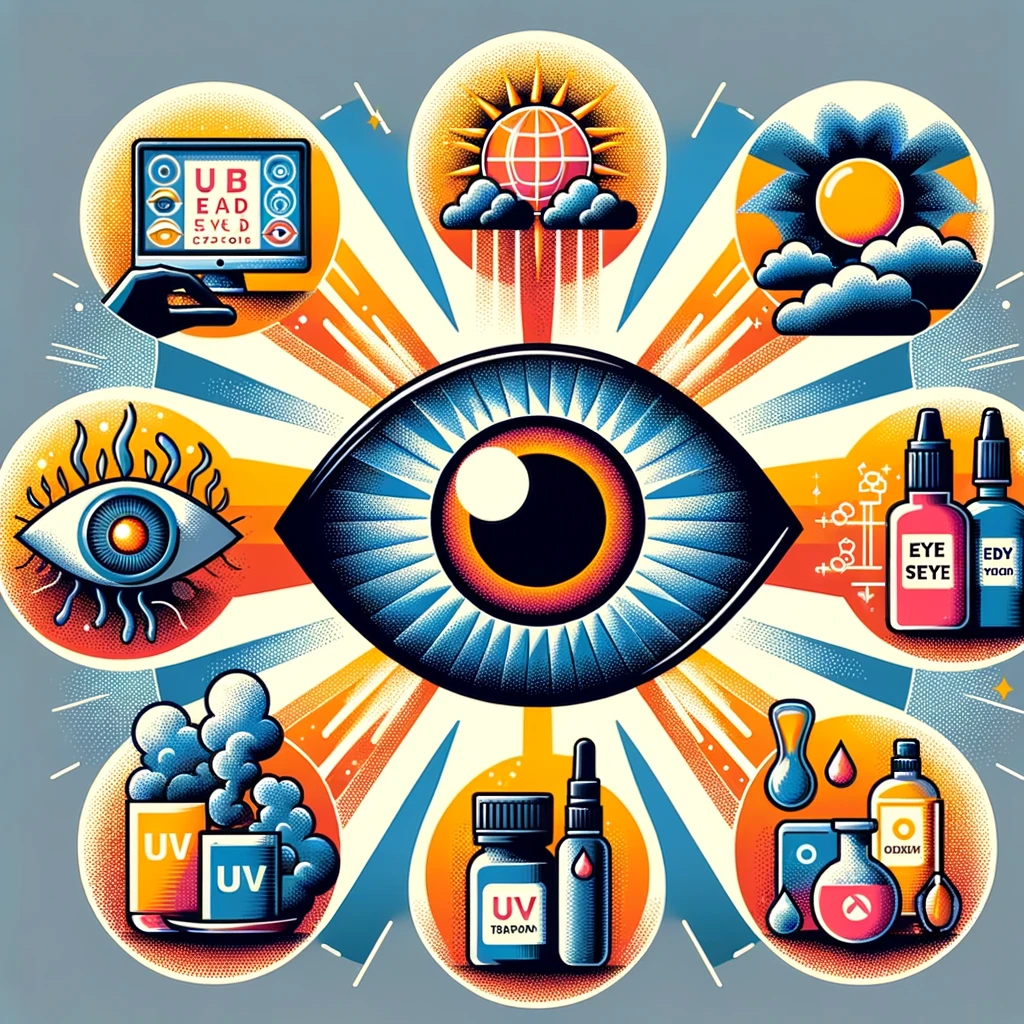The Fascinating World of Pareidolia
Unveiling the Mystery of Pareidolia: More Than Just Seeing Faces
Have you ever caught a sly smirk in the swirls of your morning coffee or spotted a stern face gazing back at you from a cloud? Congratulations, you’re experiencing pareidolia, a peculiar trick our minds play that transforms the mundane into the extraordinary.
Why Our Brains Love Playing “Spot the Face”
Far from being a quirky fluke, pareidolia is deeply rooted in our neurological makeup. It’s not just whimsy at play – our brains are hardwired for this face-finding mission!
Deciphering Nature’s Hidden Messages: The Brain’s Facial Recognition System
We’re not just randomly seeing faces; our brains are running a sophisticated program for facial detection. This skill, honed through millennia, was a crucial survival mechanism. It helped our ancestors quickly distinguish friend from foe and sense imminent danger. But in today’s world, this hyper-efficient system can get a bit overzealous, finding faces in places where none exist.
The Unexpected Perks of Seeing Faces in Everything
Think Pareidolia is just a funny quirk? Think again! Research reveals that those who frequently experience pareidolia might be more creative and excel in pattern recognition. This knack for connecting the dots can ignite artistic brilliance and drive innovative problem-solving.
Beyond Faces: The Rich Tapestry of Pareidolia
Pareidolia doesn’t stop at faces. This phenomenon has us seeing animals, objects, and even spiritual figures in random textures and shapes. It’s a creative force that has shaped myths, inspired art, and intrigued minds for centuries.
Celebrating Pareidolia: A Nod to the Brain’s Playfulness
So, next time a mischievous face in a slice of toast catches your eye, don’t just brush it off. Embrace your pareidolia. It’s a testament to your brain’s remarkable ability to find meaning in the chaos, a source of creative inspiration, and a reminder that sometimes, the world smiles back in the most unexpected ways.
FAQ Section
Q: Is pareidolia a sign of a mental health issue? A: No, pareidolia is a common and normal phenomenon and not indicative of any mental health issue.
Q: Can pareidolia be enhanced or reduced? A: While there’s no specific way to enhance or reduce pareidolia, engaging in creative activities might make one more attuned to noticing it.
Q: Has pareidolia influenced any famous artworks? A: Yes, many artists have been inspired by pareidolia, using it to infuse their artworks with imaginative shapes and forms.
Key Takeaways
- Pareidolia is a fascinating neurological phenomenon where we perceive faces in everyday objects and patterns.
- It stems from our brain’s advanced facial recognition system, a crucial evolutionary tool for survival.
- This quirky trait can enhance creativity and pattern recognition abilities.
- Pareidolia extends beyond faces, influencing art, myth, and culture.
- Embracing pareidolia can add a dash of wonder and imagination to everyday life.












